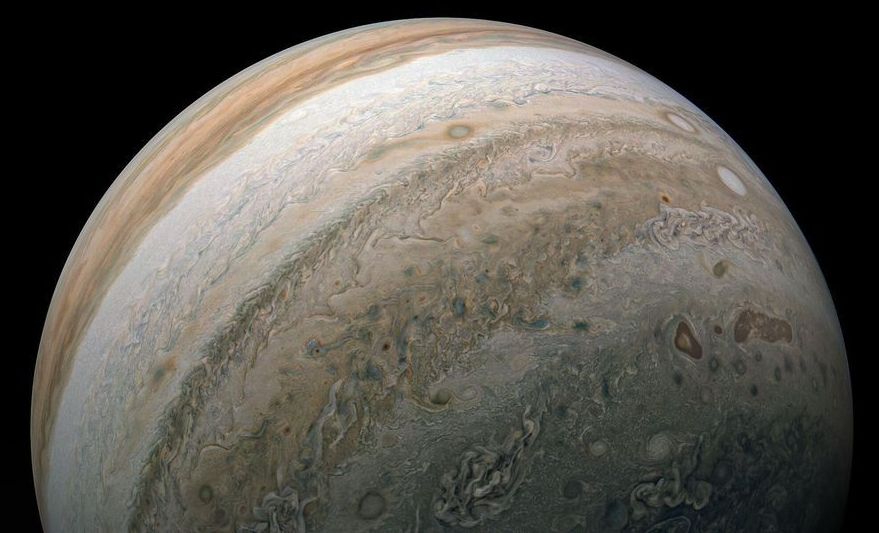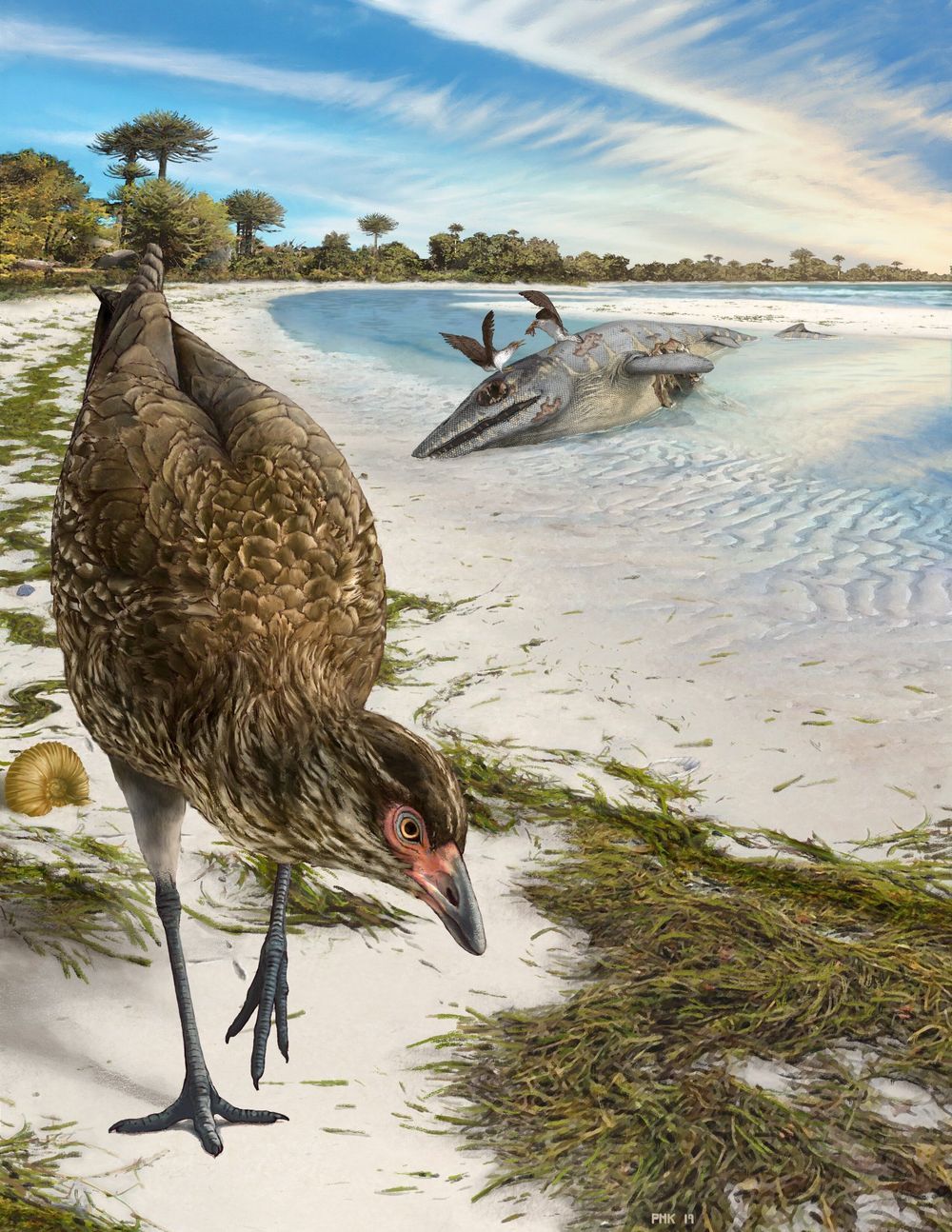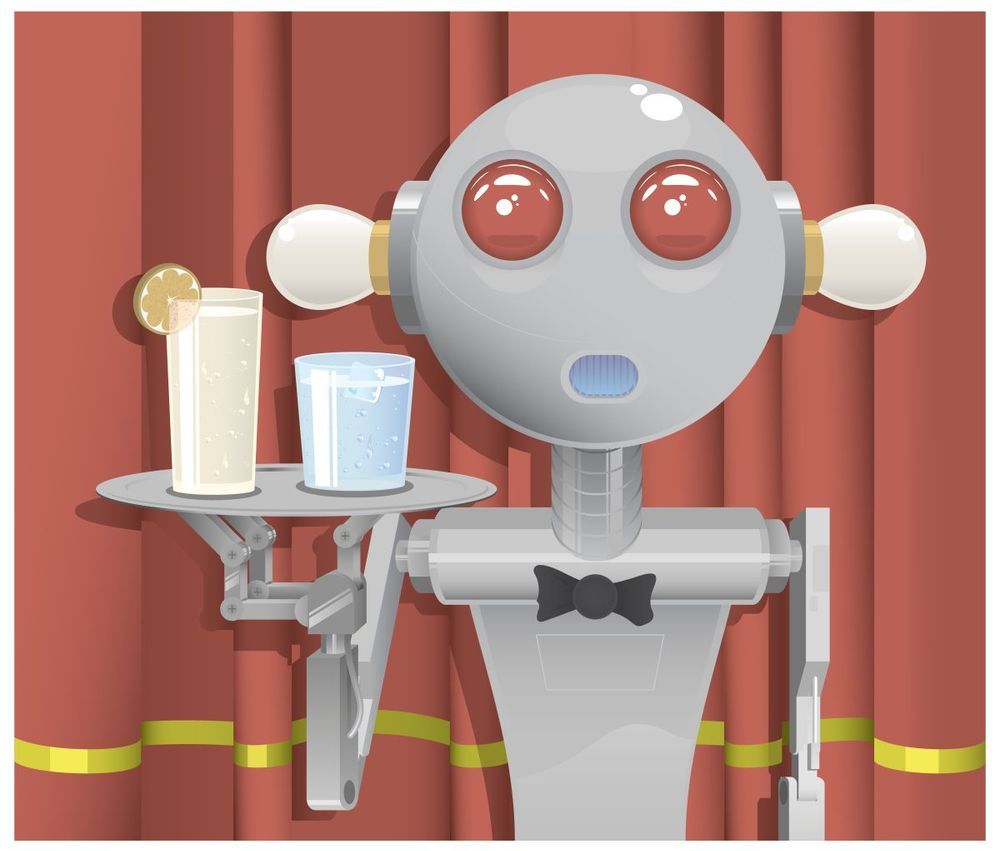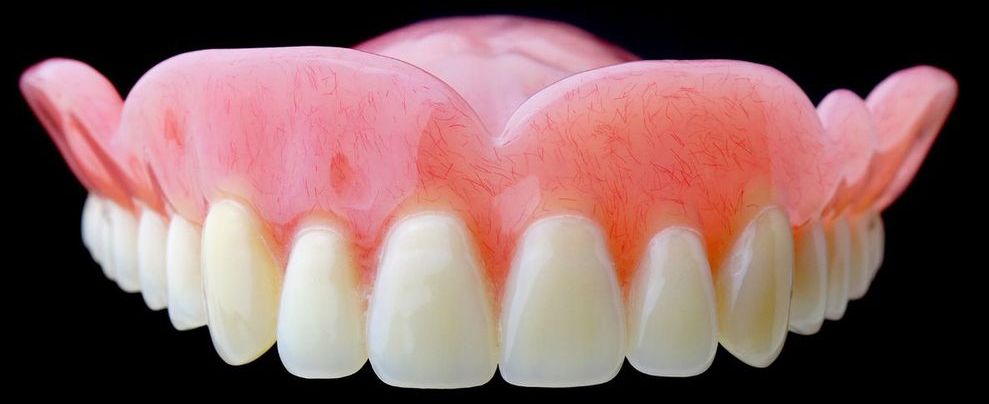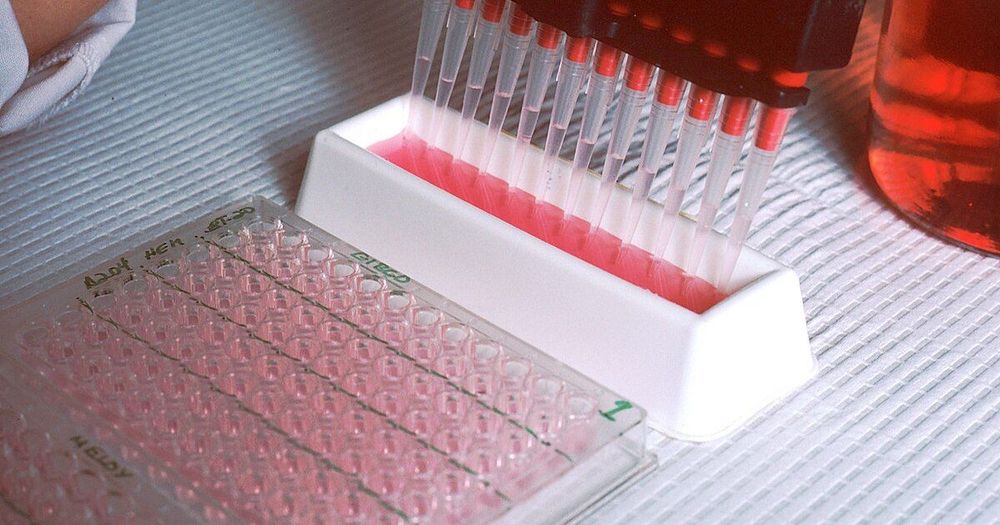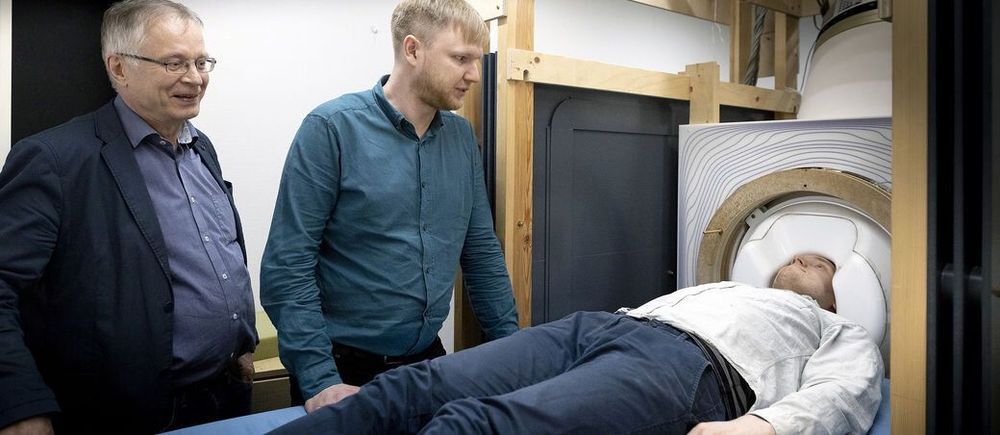All hail our swirly solar system buddy.
The oldest fossil of a modern bird yet found, dating from the age of dinosaurs, has been identified by an international team of palaeontologists.
The spectacular fossil, affectionately nicknamed the ‘Wonderchicken’, includes a nearly complete skull, hidden inside nondescript pieces of rock, and dates from less than one million years before the asteroid impact which eliminated all large dinosaurs.
Writing in the journal Nature, the team, led by the University of Cambridge, believe the new fossil helps clarify why birds survived the mass extinction event at the end of the Cretaceous period, while the giant dinosaurs did not.
“Automation is going to cause unemployment, and we need to prepare for it.”–Mark cuban.
Researchers have developed “prime editing,” a true search-and-replace function for DNA.
This man lived inside a self-sustaining glass biosphere for 2 whole years to test drive what life would be like for humans on Mars via NowThis.
A drug developed to combat Alzheimer’s Disease can trigger regeneration of tooth dentin.
Exploiting the pandemic for geopolitical gain.
A few good things will come out of the pandemic. A Democrat may well be the next US president and end the trade war with China, which will be in a better position to bargain, having had a lead in tackling the virus and a head start in economic recovery.
A group of neuroscience and neurotechnology researchers have conducted extensive research and developed a new brain imaging technology in two EU projects led by Aalto University. As a result of the successful research, a new project funded by Business Finland just started with the aim of making the devices usable for patients. The project’s budget is one million euros.
“More accurate measurements can be helpful in locating epileptic brain activity before surgery. The new device is also expected to help distinguish brain tumours from healthy tissue more accurately prior to cancer surgery. In addition, the device will increase our understanding of the connections between the different brain regions. This will help us understand abnormal brain activity in connection with, for example, depression or the progress of Alzheimer’s disease,” explains Professor Risto Ilmoniemi, Head of Aalto University Department of Neuroscience and Biomedical Engineering.
The improved accuracy can also be useful in the study of stroke, autism and brain injuries; and especially as part of basic brain research.
Media briefing on COVID-19 with Tedros Adhanom Ghebreyesus, Dr Mike Ryan and Dr Maria Van Kerkhove.
